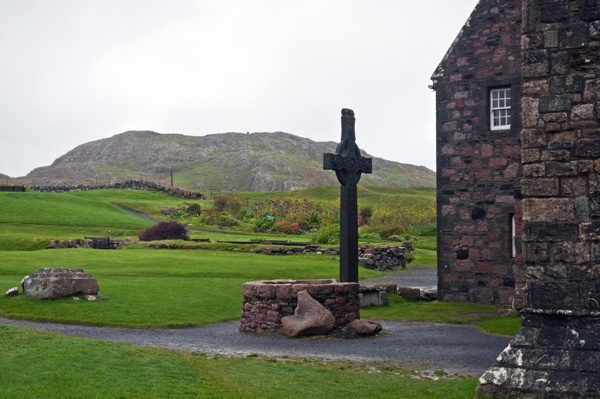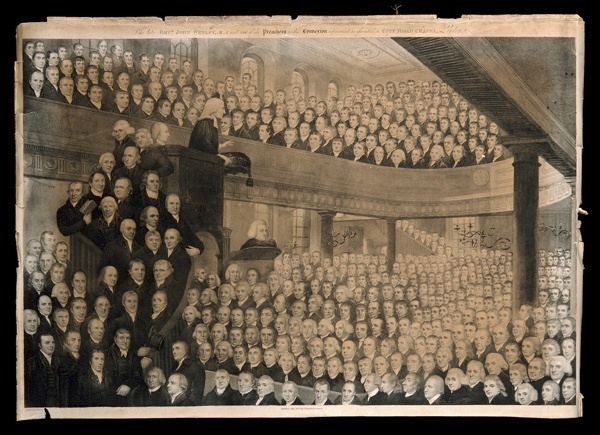Movements are happening all around us. Whether we realize it or not, our lives have all been affected in powerful ways by movements that have occurred throughout humanity's history.
As we press in to understand how major changes take place in the world, and specifically where God has been powerfully at work, it is eye-opening to look at specific movements that have shaped history—both good and bad—and the many ways those movements still touch us today.
What do these examples reveal about movements? What other movements can you think of that have changed the world as we know it?
First, here are two social movements from history that you might recognize...
Communism
Communism was an economic-political philosophy founded by Karl Marx and Friedrich Engels in the second half of the 19th century. Translated into action by Vladimir Lenin, it became the dominant political philosophy of many countries across Asia, Eastern Europe, Africa and South America in the latter half of the 20th century. While it was started with lofty goals of equality and justice, it eventually created great evil around the world. In fact, over 100 million deaths can be attributed to this movement. It is evidence that movements can be powerful in both good and bad ways.
Civil Rights
American Civil Rights was a powerful social movement in the United States with the goal to end racial segregation and discrimination against African Americans. Through major campaigns of civil disobedience, the movement transformed the conscience of the nation and resulted in great legal and social change.
History is also full of examples of gospel movements, where the good news of Jesus moves rapidly through a population and many people's lives are changed.
Here are a few gospel movements that changed the world...
The Apostle Paul (60 AD)
After his conversion, Paul became the great apostolic leader of first century Christianity and was used to bring the good news of Jesus to the Gentiles. He took several missionary journeys and was imprisoned on several occasions, beaten, and eventually martyred. He is responsible for 14 of the books in the New Testament.
Celtic Movement (600 AD)
Led by apostolic pioneers like St. Patrick and St. Columba, Irish missionary bands established missional outposts such as the island of Iona on the Scottish west coast and from there evangelized across much of Europe. These evangelistic entrepreneurs were responsible for the conversion of the pagan peoples of Great Britain and Scotland and ministered as far as Switzerland and the regions in between.
The Moravians (1600 AD)
The Moravian movement was one of the first Protestant movements. They launched missionaries into slave colonies and ultimately sold themselves as slaves in order to spread the good news of Jesus. Under the leadership of Count Zinzendorf, the Moravians became an deeply committed and highly mobile missionary order. The Moravians had an impact on the existing church as they brought renewal to thousands of formerly nominal Christians throughout Europe.
The Methodists — John Wesley
The Methodist movement derived their inspiration from the life and ministry of John Wesley. Initially a revival movement within the 18th century Church of England, the Methodists became a vibrant, separate movement following Wesley’s death. Through vigorous missionary activity, the movement spread throughout the British Empire, the United States, and beyond, claiming over 80 million adherents worldwide at its high point.
The Move of God in the Middle East
In recent years, the rise of Islamic fundamentalism has contributed to a hunger for spiritual reality, a vacuum that only the person of Jesus can adequately fill. Because of this hunger, many thousands across the Middle East have become committed followers of Jesus. Through the study of scripture and direct experience with the power of God, people are rapidly coming to faith and churches are forming across the region, sometimes in unexpected places.






